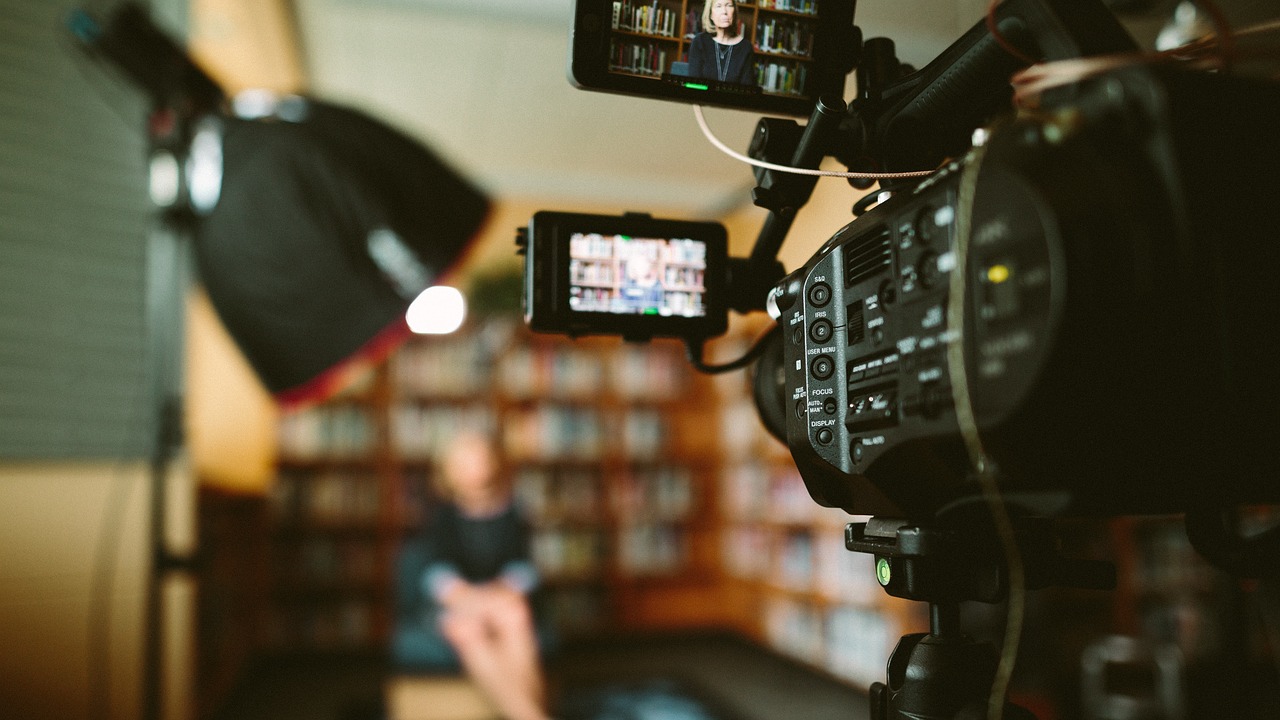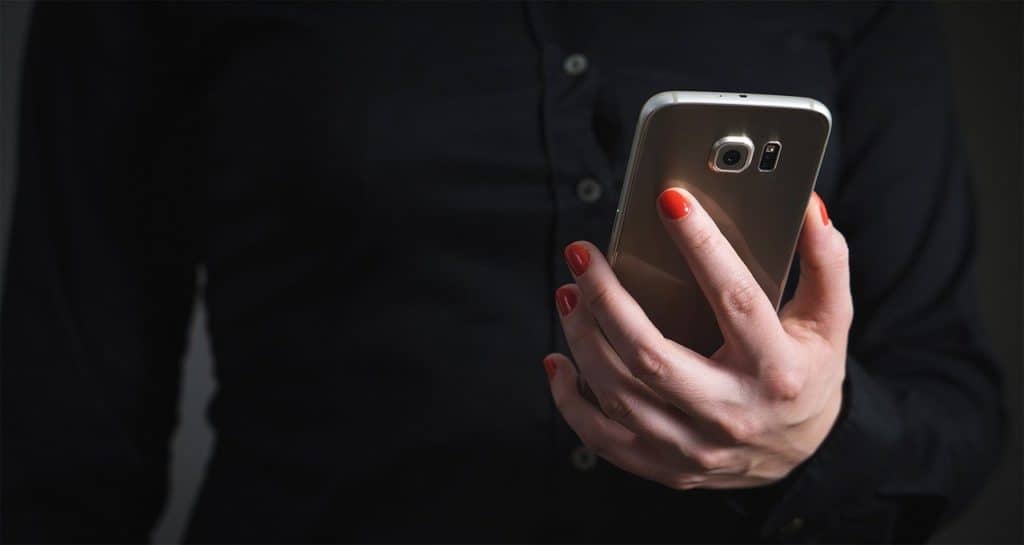The video interview is becoming increasingly common. You may well be aware of the Skype interview, but this differs. You aren’t going to be interacting with an interviewer but responding to prepared questions. Your answer is recorded and later reviewed by one or more members of the organisation.
The video interview is used regularly in Graduate recruitment as the first stage of the interview process, replacing a phone interview. According to a recent survey of members of the Association of Graduate Recruiters (AGR), which includes many big blue-chip companies, 42% of employers now use the video interview. The video interview is also being used as the first stage for more senior appointments too.
Some of the advertising for companies offering the video interview say things like
Video Interviewing provides you with the ability to select based on qualitative data that is not apparent on a CV. With a video interview, you get a more bird’s eye view of the candidate giving you the ability to make better hiring decisions. As a recruiter, you can watch the video interview again and share with other people involved with the shortlisting.
It’s cost saving for the organisation too – they don’t have the costs of people not turning up and the people shortlisted are far more likely to attend an assessment centre.
The video interview software is usually designed so it works well whether you are sat at your laptop or recording your answer on your phone or iPad.
The Video Interview Process
You will be invited to log in to a system where you will be asked to answer a series of pre-recorded questions. Most will also provide you with guidance so you understand the process before you press start. Ideally you should get a clear intro, just like with a face to face interview.
Whilst some people talk about how much the video interview shares with a conventional interview I want to focus on the differences.
- You can be flexible as to when you do your interview – you have several days to complete it.
- Complete any practice questions to get familiar with the set up.
- You can’t see the interviewer so you won’t get supportive ‘non-verbal’s such as nods of encouragement, it might help to imagine an interested interviewer.
- You have a set amount of time to complete each question so keep an eye on the clock which should be on the screen
What happens in a recorded video interview?
There are several companies involved with this process such as Snore and Lauchpad so pay attention to their guidance.
Typically, you will be asked a question, get perhaps 15 seconds of thinking time and then 60 seconds to answer the question. There’s usually a time on the screen so you can check how much time is left.
Do I need to get it right first time?
Maybe – some companies will give you a chance to re-record your answers, but not always. So, practice first.
Tips for an effective Video Interview (1-4)
- Be comfortable using online videoing like Skype
Whilst they use a particular type of software, it is similar to Skype. If you have never used Skype before, set up a few practices skype video calls with friends or family.
Familiarize yourself with your webcam and microphone so you know how they work. You want to be sure that you can both be seen and heard. Adjust so the camera is at eye-level. you want to be looking directly into the camera.
- Adjust the settings to ensure that you are clearly in shot
Check how you look on the screen and adjust the camera angle. If you use a laptop, place it on a stable surface rather than have it wobbling on your knees. Adjust the setting so they can see you from the waist up you don’t want the screen to be filled with your head.
- Consider your environment
Check the lighting and background. You may need to switch the lights on, or close the curtains/blinds. Look at the background and make sure it is neutral. Do you really want your untidy room to be on show? Make sure you are somewhere quiet, not in a noisy coffee shop.
- Get comfortable being filmed
The more you do, the easier it gets. You can easily set your camera set up so you can record yourself. Get someone to read interview questions and practice answering, but talking about anything, and recording yourself will also help you to feel more comfortable.
- When you watch the playback look at what you do with your hands, do you wave them about?
- Look to see if you make eye contact or mainly look away?
- Do you slouch or sit up looking alert?
Tips for an effective Video Interview (5-10)
- Wear business dress
You don’t need to be wearing a suit, but wear the sort of clothes you would wear at work. It helps make a good first impression and makes you feel more confident.
- Test the technology
You want to make sure it works so log on in advance. You also want to check that you’re your camera and microphone works, you want to be both seen and heard.
- Have a professional Skype name
Just as with your email address, make sure you have a professional Skype name. If necessary set up a second account.
- Make the video of your interviewer full-screen
This means that you are not distracted by anything else on your computer. Turn off any sounds or notifications that might pop up in the background. Be safe, turn off all other programmes/ apps.
- Make sure you won’t be disturbed
Turn off other phones and ensure family and pets will not disturb you.
- Prepare to the same extent as you would for an in-person meeting.
- Do your research – find out more about the organisation and the job you have applied for.
- Be clear why you are a great candidate – understand what makes you the stand out candidate for the job.
- Practice – Just like for a conventional interview practice answering questions, either with a friend/ family member or with a career coach.
Do your research and have pen and paper ready so you can make notes but be cautious when having notes you refer to; each time you look at them you are not looking at the screen.
In the video interview
- If you are going to make notes to refer to, have them on post-it notes around the edge of the screen.
- If you are using your laptop make sure the battery is fully charged, and have your phone ready so you can switch if needed. And practice setting up your phone so it is at the right angle to show you at your best.
- Look at the camera rather than the screen to help give the appearance of eye contact.
- Speak clearly so you can be heard
- Answer the question asked – don’t ramble. Use STAR to keep your answer focused. Situation, Task, Action, results to give structure to your responses. Remember to use “I” rather than “we” in your answers.
- Consider your body language – sit up and come across as engaged and interested. Do smile.
All the very best, and if you want help with interview practice I provide both an online course and one to one interview coaching which can focus on the video interview.





